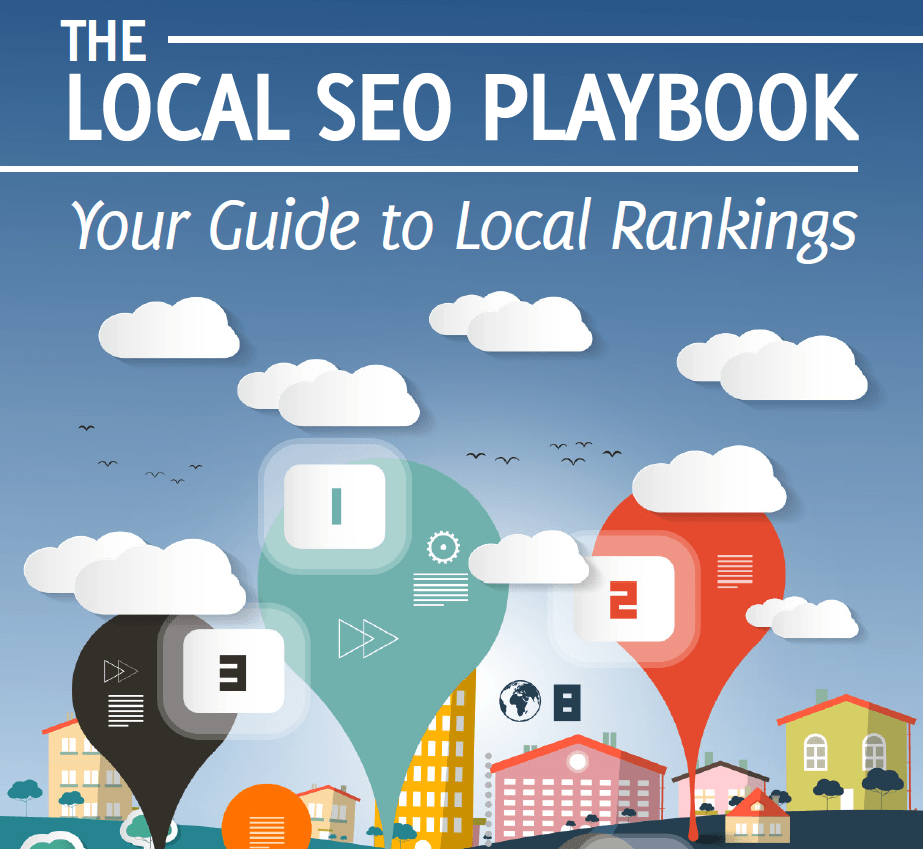Are We Giving “Buzz” Way Too Much Weight?
by Dan Gershenson
“So, we’ll like, create a series of posters that are really in your face. Offensive to some, but whatever. It’s going to generate such a buzz. And everybody will be all over it in the media, so it’s a win-win.”
I picture the person saying this to be a Creative Director with a goatee, thin glasses, maybe a funky hat of some sort that’s backward. Oh, he’s so cutting edge. After all, he worked at DBKCF&GHA and worked on (Insert Campaign He Likes To Name Drop Here). Yes, I’m stereotyping. Like you haven’t seen a version of this person.
When marketing efforts like the recent “ Deserve To Die ” posters surfaced, I had to stop and wonder:
Where does cause marketing get off angering, hurting and offending without cluing in the people it’s trying to enlist to join its cause?
When it causes head-scratching to the point of where someone wants to violently rip down the ad, does achieving “buzz” become overvalued?
After all, these ads got buzz. And the cause behind it, Lung Cancer Alliance, is certainly a worthy one. I’m no fan of lung cancer, are you?
So why is getting buzz for it wrong? Because the strategy is so off. Consider this: In these ads, I have told that if I belong to a certain set of people, I deserve to die. Or that someone I care about deserves to die.
Most of us know there’s more to the story. But then, we wouldn’t really know what that is at this point, would we?
Because that’s the extent of the teaser ad. No call to action. No website. No QR code. Nothing. Just telling certain people they’re as good as dead and deserve to be.
I suppose that my writing about it proves that people noticed the work. But what troubles me about the whole thing was that it took too long for us to figure out the point of that work. The idea behind the “Deserve to Die” theme was to clear up a misconception that people who get lung cancer must have done something to deserve it, which is not necessarily true.
So to prove how absurd that sounds, posters with the message of “Hipsters Deserve to Die,” “Cat Lovers Deserve to Die,” and “The Tattooed Deserve to Die” started appearing across the country.
OK. I get it now. It’s still a reach.
I’m just not sure that people who are cat lovers are going to follow this awareness/conversion sequence:
“What the hell is this? Saying I deserve to die? Oh, it’s about lung cancer. So what you’re trying to say here is that people who die of lung cancer didn’t do something to deserve it, which is a misconception. Therefore, I guess it’s OK you said I should die. And I’ll support you now.”
Wow. Talk about a long and winding road.
In contrast, I like the guerrilla work behind the “Truth” anti-smoking efforts in recent years so much more. Why? It doesn’t insult the audience into trying to make its point. It says, “Hey, we’re all in this together against the big, bad, evil tobacco companies who are manipulating the people we love into buying an addictive product.”
It actually tried to rally us to work together against an identifiable enemy , almost immediately. Not divide us or keep us in the dark for days and weeks. In the “Truth” ads, we’re only in the dark for about 10-15 seconds tops before we understand the message quite well and what we need to do from here.
The people behind the “Deserve To Die” ads may say that lung cancer is the enemy we could rally around, but how long did it take us to find this out? Too long. Far too long. In a worse case scenario, I shudder to think about what kind of sick wackjob might’ve done harm to someone because a poster told him that someone deserved to die. In a lesser scenario, this kind of teaser doesn’t satisfy a society built on immediate gratification of answers. We get these answers from our search engines, from our social networks, from our smartphone apps. We expect the same in relatively short order from our other forms of media too and when we can’t get there by at least being given an outlet to use those devices, we turn into versions of the Hulk that want to smash things in our path. Including the brands and causes that made our lives that difficult.
I don’t mind when people stage a “body bag” event outside of a tobacco company to illustrate how many people die from smoking every day. The key here is that you can be provocative, even shockingly offensive to some, when the payoff is right there to complete the loop.
People often need that. It’s not that they’re stupid. It’s not that they’re mindless drones who will buy whatever we tell them to. It’s that they deserve more information for the buy-in of your work being in their face and them absorbing it. Teasers can’t hang like this for weeks on end, causing anger, hurt and frustration at an enemy that turns out to be a worthy cause. Because by then, it’s too late for people to fully understand what’s going on.
Nobody deserves that from advertising.
The post Are We Giving “Buzz” Way Too Much Weight? appeared first on Caliber Brand Strategy + Content Marketing.
The Fractional CMO








